The Fashion Building on the northwest corner of Camden and Spadina is one of the most impressive warehouse-loft buildings ever constructed to facilitate the needs of Toronto’s garment trade. Built between the years 1925 and 1927, the rental spaces within the structure at 130 Spadina remain desirable locations for modern businesses today.
During the early years of the 1920s, the grocery store of Wm. Coo was located on the site, along with other shops and residences. They were all demolished to erect the yellow-brick Art Deco-style warehouse. Its walls are of solid concrete, built to last. It was constructed by the Goldberg Brothers and Mr. Hartman. The architect was Caplan and Sprachman, who designed many theatres in Toronto, among them the Vaughan at St. Clair Avenue and Vaughan Road, and the Downtown Theatre at Yonge and Dundas Streets. Both of these theatres have since been demolished. The shops on ground floor of the Fashion Building, facing Spadina, were not there in the 1920s, but were added later.
The eight-storey structure, contains Neo-Gothic detailing around the main doorway, the second-floor windows, and on the cornice. The small marbled lobby has decorative plaster patterns that contain emblems and the word Fashion. The detailing on the cornice are typical Art Deco, with a few Gothic designs included. Though the Fashion Building is a commercial structure, it could be mistaken for an apartment building. The Fashion Building, along with the Tower Building, provided the inspiration for the architecture of the condominium the Morgan, located on the northwest corner of Spadina and Richmond.
The above view is of Spadina Avenue in 1921, looking south from near Queen Street. The small street in the photo, which extends west from Spadina, is today’s Camden Street. The Robert Darling Building, on the left in the picture, was the only warehouse building on Spadina when the photo was taken. The houses located to the north (left) of the Darling Building are where the Reading Building is today. In this 1921 photo, on the northwest corner of Camden and Spadina, is the grocery store of William Coo. It was demolished, along with the houses to the north of it, to facilitate the construction of the Fashion Building.
Doorway of the Fashion Building, with its ornate surround containing Gothic designs.
Designs on the cornice of the Fashion Building on the northeast corner of the facade facing Spadina Avenue.
Cornice trim in the central position on the east facade, displaying Gothic tracery
The stately Fashion Building on a hot summer night.
To view the Home Page for this blog: https://tayloronhistory.com/
Links to other posts about the history of Toronto and its buildings:
https://tayloronhistory.com/2013/10/08/links-to-historic-architecture-of-torontotayloronhistory-com/
Links to posts about Toronto’s movie houses—past and present.
https://tayloronhistory.com/2013/10/09/links-to-toronto-old-movie-housestayloronhistory-com/
Recent publication entitled “Toronto’s Theatres and the Golden Age of the Silver Screen,” by the author of this blog. The publication explores 50 of Toronto’s old theatres and contains over 80 archival photographs of the facades, marquees and interiors of the theatres. It also relates anecdotes and stories from those who experienced these grand old movie houses.
To place an order for this book:
Theatres Included in the Book
Chapter One – The Early Years—Nickelodeons and the First Theatres in Toronto
Theatorium (Red Mill) Theatre—Toronto’s First Movie Experience and First Permanent Movie Theatre, Auditorium (Avenue, PIckford), Colonial Theatre (the Bay), thePhotodome, Revue Theatre, Picture Palace (Royal George), Big Nickel (National, Rio), Madison Theatre (Midtown, Capri, Eden, Bloor Cinema, Bloor Street Hot Docs), Theatre Without a Name (Pastime, Prince Edward, Fox)
Chapter Two – The Great Movie Palaces – The End of the Nickelodeons
Loew’s Yonge Street (Elgin/Winter Garden), Shea’s Hippodrome, The Allen (Tivoli), Pantages (Imperial, Imperial Six, Ed Mirvish), Loew’s Uptown
Chapter Three – Smaller Theatres in the pre-1920s and 1920s
Oakwood, Broadway, Carlton on Parliament Street, Victory on Yonge Street (Embassy, Astor, Showcase, Federal, New Yorker, Panasonic), Allan’s Danforth (Century, Titania, Music Hall), Parkdale, Alhambra (Baronet, Eve), St. Clair, Standard (Strand, Victory, Golden Harvest), Palace, Bedford (Park), Hudson (Mount Pleasant), Belsize (Crest, Regent), Runnymede
Chapter Four – Theatres During the 1930s, the Great Depression
Grant ,Hollywood, Oriole (Cinema, International Cinema), Eglinton, Casino, Radio City, Paramount, Scarboro, Paradise (Eve’s Paradise), State (Bloordale), Colony, Bellevue (Lux, Elektra, Lido), Kingsway, Pylon (Royal, Golden Princess), Metro
Chapter Five – Theatres in the 1940s – The Second World War and the Post-War Years
University, Odeon Fairlawn, Vaughan, Odeon Danforth, Glendale, Odeon Hyland, Nortown, Willow, Downtown, Odeon Carlton, Donlands, Biltmore, Odeon Humber, Town Cinema
Chapter Six – The 1950s Theatres
Savoy (Coronet), Westwood
Chapter Seven – Cineplex and Multi-screen Complexes
Cineplex Eaton Centre, Cineplex Odeon Varsity, Scotiabank Cineplex, Dundas Square Cineplex, The Bell Lightbox (TIFF)
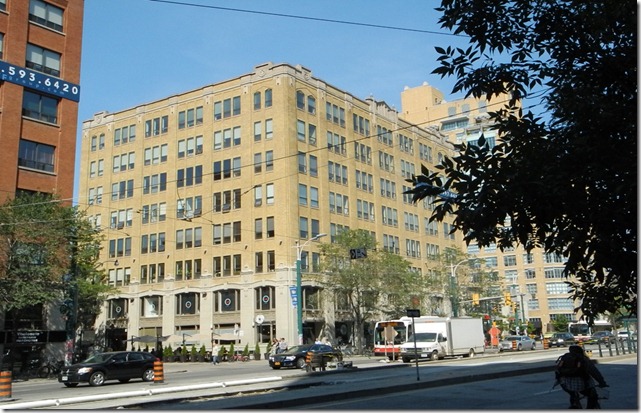

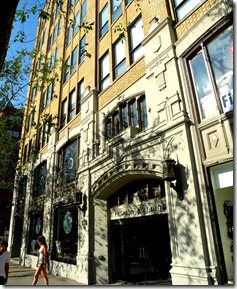
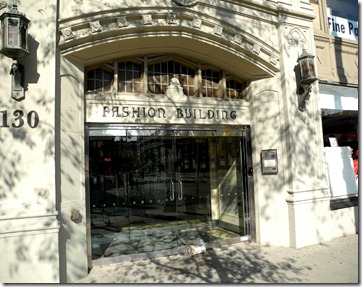
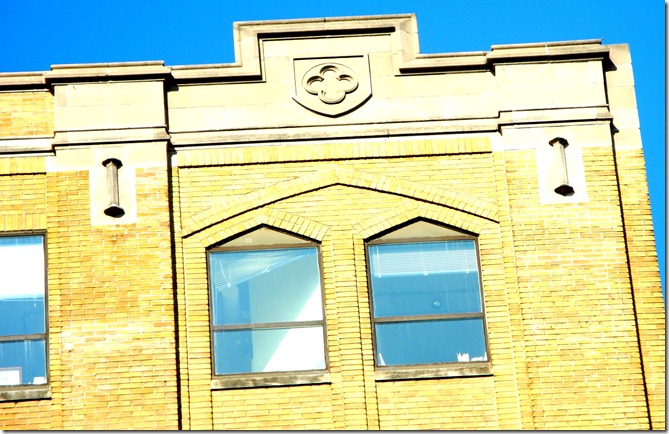
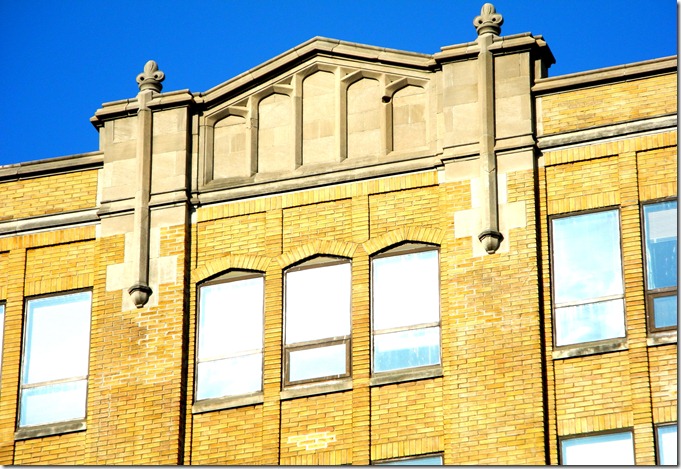
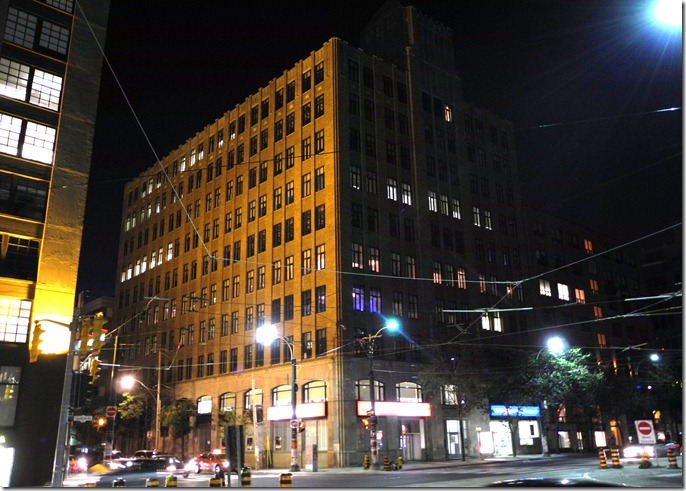
![cid_E474E4F9-11FC-42C9-AAAD-1B66D852[2] cid_E474E4F9-11FC-42C9-AAAD-1B66D852[2]](https://tayloronhistory.com/wp-content/uploads/2014/10/cid_e474e4f9-11fc-42c9-aaad-1b66d8522_thumb6.jpg)

